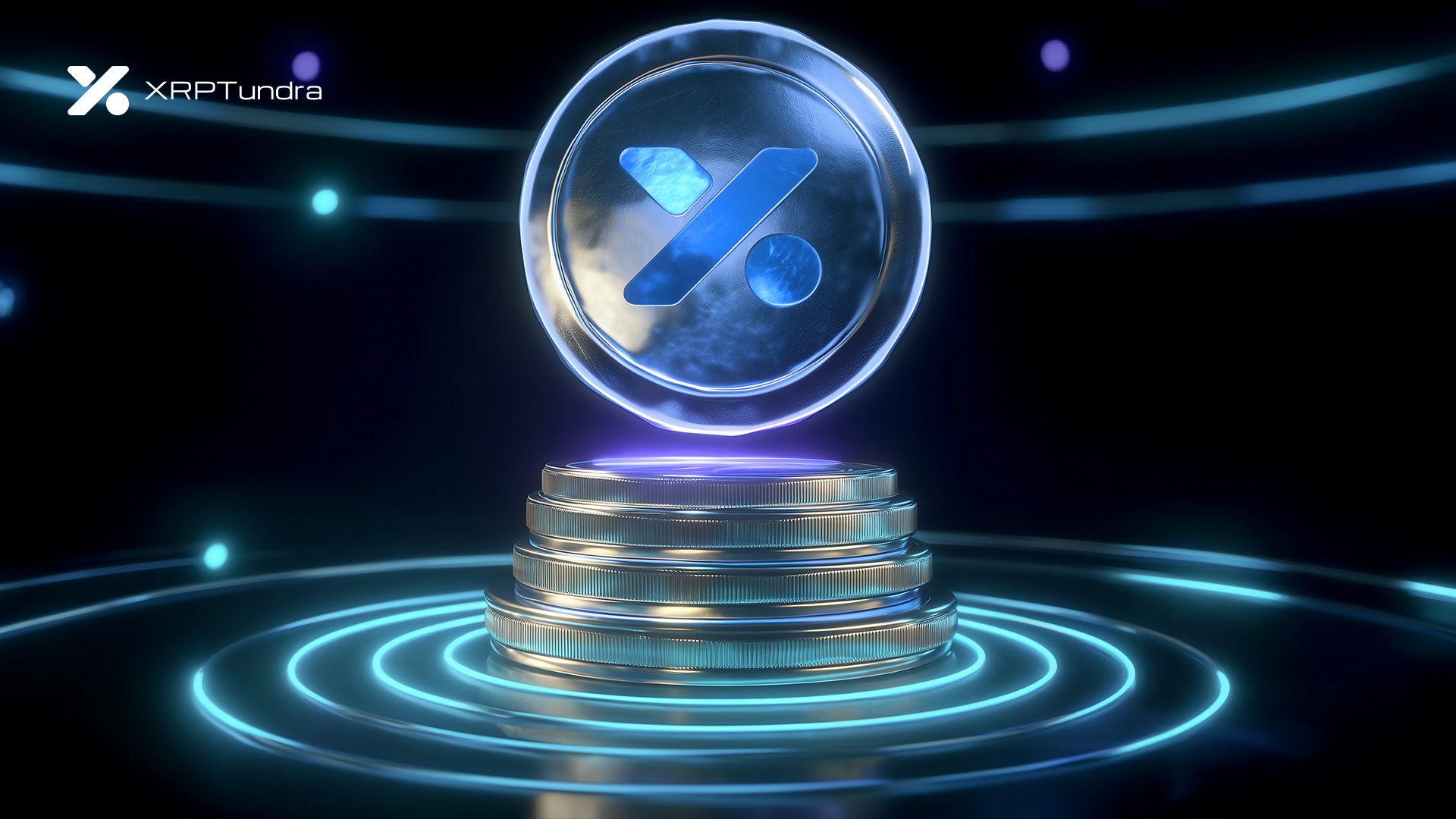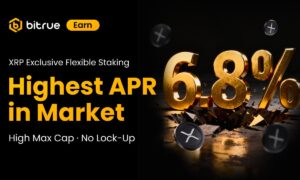Crypto investors are finishing 2025 in an increasingly unstable environment. Bitcoin’s persistent price swings, thinning liquidity across speculative assets and repeated liquidation cascades made it harder than ever to rely on directional trading for consistent gains. Even the most seasoned traders are rethinking how they allocate capital in a market where price-only strategies break down without warning.
This shift has accelerated interest in yield systems capable of generating returns independent of market direction. Revenue-backed staking has emerged as the clear alternative — especially for investors seeking on-chain income without chasing volatile setups. As this rotation strengthens, XRP Tundra has captured attention for offering revenue-driven staking that can function consistently through both calm and turbulent market cycles.
Tundra’s Yield Model Is Reshaping How Investors Approach Crypto
The reason capital is moving toward Tundra goes beyond yield percentages. Investors have grown wary of high-APY models fueled by emissions, opaque treasuries or artificial inflation. These systems collapse under volatility because their rewards lack real economic support.

XRP Tundra’s staking architecture is built on a different premise: yield must come from usage. The project routes protocol revenue into its Cryo Vaults. Fees generated across swaps, lending, derivatives, cross-chain bridging and upcoming GlacierChain activity flow into a transparent reward engine. Frost Key NFT mints add an additional layer, while ecosystem revenue is used to market-buy and permanently lock TUNDRA-X inside the treasury.
This approach ties returns directly to actual economic activity. As usage grows, yields expand; during quiet markets, they adjust naturally. This alignment between real fees and reward output is why investors have begun treating revenue-backed yield as a replacement for price-only strategies.
The Institutional Acquisition Changed Everything — Pricing, Launch and Demand
XRP Tundra’s trajectory shifted dramatically once a major institution began acquiring the project, validating its architecture and accelerating its entire operational timeline. As part of the acquisition:
- Launch was moved up to December 15
- Tier-1 exchange integration was confirmed
- A final 48-hour retail window at $0.01 was approved
This $0.01 allocation is the last retail-accessible price. Once current reserves are filled, retail access closes permanently and institutional pricing takes over. Each purchase during this window still delivers both tokens — TUNDRA-S (Solana execution) and TUNDRA-X (XRPL governance).
With markets unstable and Bitcoin volatility accelerating, the timing of this final window is reshaping investor behaviour.
Tundra’s Dual-Chain Architecture Provides the Stability Price-Based Assets Cannot
Solana’s performance layer and the XRPL’s settlement reliability converge inside Tundra’s design:
- TUNDRA-S (Solana) manages execution for swaps, lending, derivatives and reward distribution
- TUNDRA-X (XRP Ledger) controls governance, treasury operations and cross-chain coordination

This architecture also forms the foundation of GlacierChain, an XRPL-aligned Layer-2 that merges throughput and settlement into a unified DeFi environment. It gives investors an infrastructure with durability that price-driven assets like BTC and SOL can’t provide during risk-off cycles.
Coverage from Crypto Infinity highlighted how models with dual-chain throughput and revenue-based mechanics are beginning to dominate the next phase of yield-driven investment.
Revenue Transparency Reinforces Investor Confidence
For the first time in the XRP ecosystem, staking rewards are:
- verifiable,
- revenue-backed,
- non-inflationary,
- auditable in real time.
All smart contracts are independently audited by Cyberscope, SolidProof and FreshCoins. The full team is identity-verified through Vital Block, and the architecture includes:
- no mint functions,
- no admin keys,
- no privileged withdrawal roles,
- fully open-source governance.
A live on-chain revenue dashboard tracks every fee, offering more transparency than any prior XRP-focused staking initiative. This verification stack has become central to due-diligence searches such as “is XRP Tundra legit”.
Why Tundra’s Yield Model Fits the 2026 XRPL Expansion Window
The rise of revenue-backed staking coincides with the most important expansion phase in the XRPL’s modern history. Ripple’s growing ODL settlement volumes, expanding institutional interest, ETF-driven visibility and the XRPL EVM sidechain point toward a multi-layered ecosystem designed for high throughput and on-ledger activity.
XRP Tundra sits at the center of that expansion. Its dual-token engine channels fees, governance and execution across two chains, reinforcing Cryo Vault rewards as activity scales. With hard-capped supply, audited infrastructure and a transparent treasury, the system embodies the characteristics long missing from XRPL’s DeFi landscape.
As crypto shifts from speculation to structured yield, Tundra is emerging as one of the earliest large-scale destinations for predictable, revenue-based returns.
Secure the final $0.01 allocation before the 48-hour retail window closes and prepare for Tundra’s December 15 launch.
Buy Tundra Now: official XRP Tundra website
How To Buy Tundra: step-by-step guide
Security and Trust: Cyberscope audit
Join the Community: X/Twitter




































